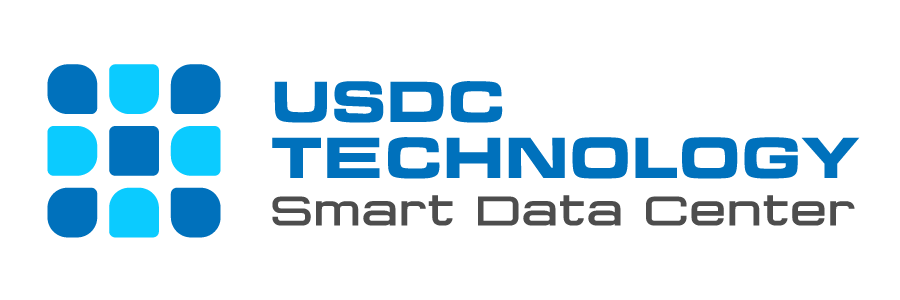Data centers are rapidly evolving as cloud and edge computing continue to gain traction. Cloud infrastructures have greatly shaped the requirements of modern data centers, with infrastructure-as-a-service (IaaS) business models and providers allowing enterprises to conveniently access remote servers.
Edge computing moves computing processes and data closer to end users, who are often located at the edge of the network. The influence of technologies such as the Internet of Things (IoT) and reliance on real-time interactions is forcing data centers to move closer to end users.
Enterprises are moving from on-premise to cloud data centers to deploy crucial business applications, taking advantage of both on-premise and cloud data centers to give rise to hybrid cloud systems. However, traditional data centers face a number of challenges today.
Limitations of Data Centers
– Datacenter capacity. The COVID-19 pandemic has disrupted the conventional approaches to work. The challenge is that data centers need to scale up their capacity to cater to unpredictability and increased demand.
– Evolving markets. The world is now cognizant of the value of data. As such, governments, industries, and consumers want to have secure data centers in their countries. This makes it harder for prominent data center players looking to expand into foreign markets and gain market share.
– Impact on climate change. According to a study carried out in 2018, data centers used 1% of the total electricity consumed during that year. The carbon footprint of data centers keeps growing. Consumers are not only mindful but also heavily involved in environmental issues. Energy management becomes an added dimension of competition between rivals. As a result, data centers have to adopt alternatives to high energy consumption.
Is it Time for Micro Data Centers?
Edge computing is gaining a foothold in many industries. As more enterprises are embracing the cloud, the data center is becoming less and less centralized. With this decentralization comes the opportunity to have cloud services closer to the edge of a network. There is also a need to overcome the shortcomings of hyperscale data centers. Micro data centers aim to be the next step of the data center evolution.
A micro data center is a small modular data center that serves enterprises or provides resources that large modular data centers struggle to provide. Micro data centers may also solve problems that traditional data centers are not capable of addressing.
Data Center vs. Micro Data Center
A container-based data center may represent dozens of servers in a forty-foot shipping container. The latter may have less than ten servers in a single approximately twenty-inch box. A typical data center’s form factor is dramatically reduced. Furthermore, a micro data center’s network infrastructure is focused at the edge as compute is handled locally. This presents a departure from developing network infrastructure around a centralized remote data center aiming to receive workloads from the end user.
A great use case of micro data centers is enabling the IT infrastructure of the future. Continuous increase in machine-generated data that needs to be aggregated near the source is going to be boosted by micro data centers. They will also play a key part in enabling end-to-end 5G connectivity since the short wavelengths of 5G require close proximity between cell towers to data centers to support critical applications in real-time.
Benefits of Micro Data Centers
– Lower costs. With microdata centers, enterprises do not have to focus up-front capital expenditure on traditional server hardware. The operational expenditure of micro data centers compared to corporate data centers is much lower. Additionally, the proximity between client and server computers reduces the higher costs of power associated with transmitting compute to a centralized data center.
– Local computation. Micro data centers reduce the geographical distance between client and server computers. The reduced proximity considerably reduces latency.
– Small footprint. Micro data centers have much lower carbon emissions compared to large-scale data centers.
– Greater resilience. Traditional data centers often face the risk of service outages if priority lines are damaged. Even with network redundancy measures in place, traditional data centers struggle to compete with the options micro data centers have in the event of failure. Micro data centers may have tens of failover strategies.
– Flexible approach to infrastructure. Based upon demand, an enterprise may choose to scale its data needs up or down. The scalability of micro data centers makes it easy to align them to enterprise goals.
Benefits of Micro Data Centers
– IT managers can rest easy knowing operational costs are reduced and overall efficiency is increased. Micro Data centers are also aligned with the carbon reduction targets of an enterprise.
– A micro data center may not need oversight from staff, compared to a traditional data center. IT managers may enjoy peace of mind knowing that there is much less likelihood of human-induced downtime.
– It fosters innovation among enterprises as they can offer and improve services based on applications that would be unfeasible to run in large or remote data centers.
– Micro data centers also allow enterprises to choose which workloads to process offsite and which not to. Critical workloads that would be better off being processed locally can be done on-premise. For instance, enterprises in remote locations that require local computing can easily be served by micro data centers. An enterprise can also dabble between a cloud data center and a micro data center to flexibly suit its needs.
– IT managers enjoy increased security as well. Enterprises have less control of offsite data and workloads, which is often a worry for IT
News Contact:
Universal Smart Data Center Technology
Phone: (+84) 28 73080708
Email: info@new.demo.usdc.vn


